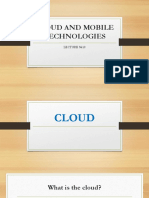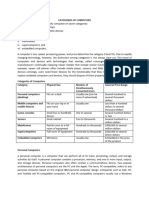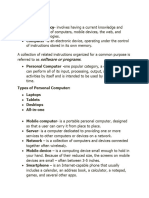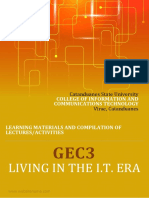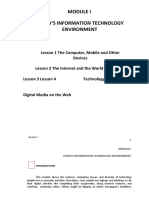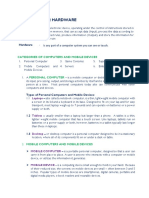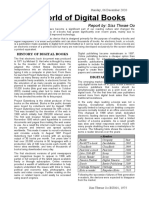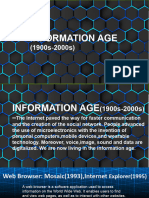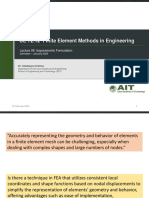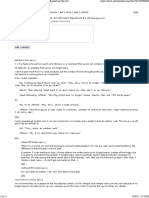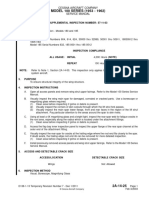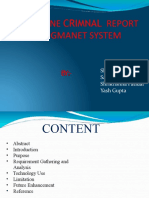0% found this document useful (0 votes)
18 views8 pagesTech Info
The document provides an overview of various digital formats and technologies, including e-books, smartphones, and online platforms like social networking and VoIP. It highlights the advantages and disadvantages of these technologies, as well as the concepts of convergence and cloud computing. Additionally, it discusses issues related to online scams and phishing, emphasizing the importance of digital security.
Uploaded by
msaniaybongaCopyright
© © All Rights Reserved
We take content rights seriously. If you suspect this is your content, claim it here.
Available Formats
Download as DOC, PDF, TXT or read online on Scribd
0% found this document useful (0 votes)
18 views8 pagesTech Info
The document provides an overview of various digital formats and technologies, including e-books, smartphones, and online platforms like social networking and VoIP. It highlights the advantages and disadvantages of these technologies, as well as the concepts of convergence and cloud computing. Additionally, it discusses issues related to online scams and phishing, emphasizing the importance of digital security.
Uploaded by
msaniaybongaCopyright
© © All Rights Reserved
We take content rights seriously. If you suspect this is your content, claim it here.
Available Formats
Download as DOC, PDF, TXT or read online on Scribd
/ 8





